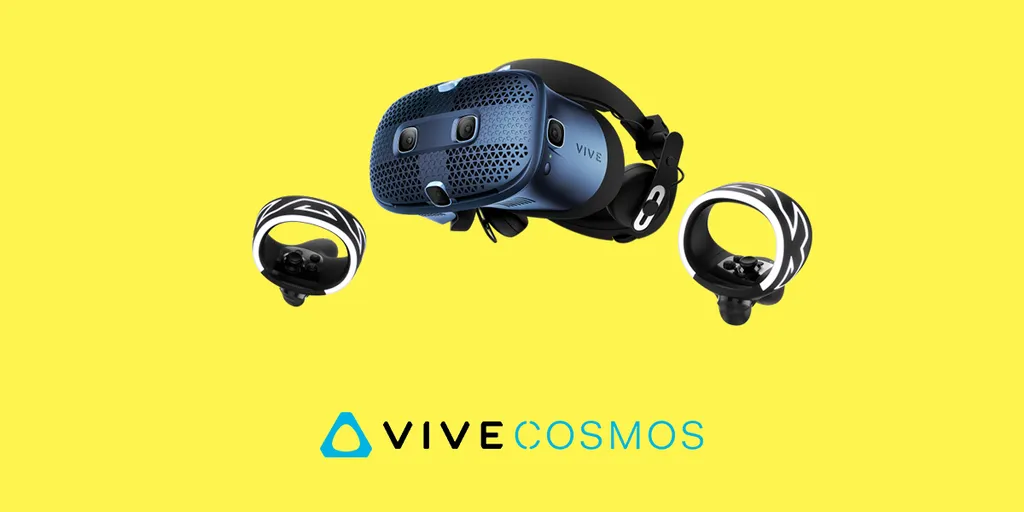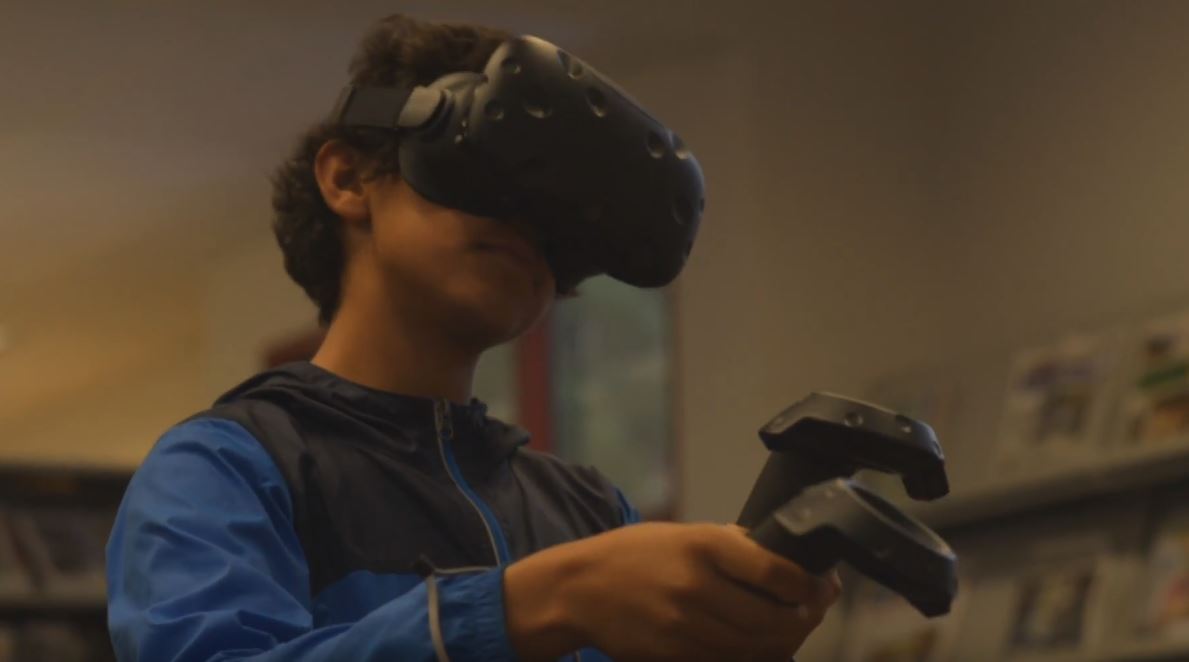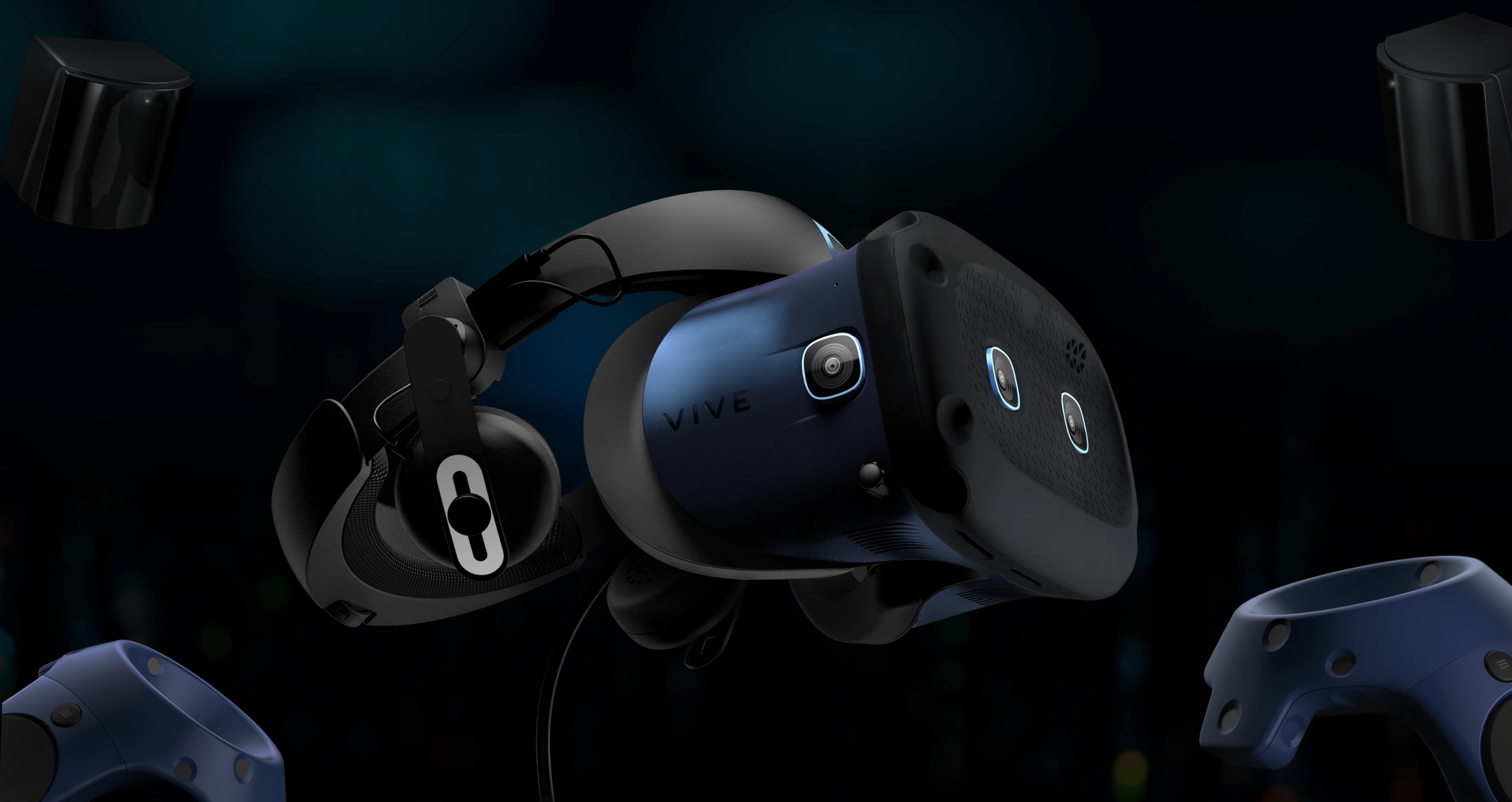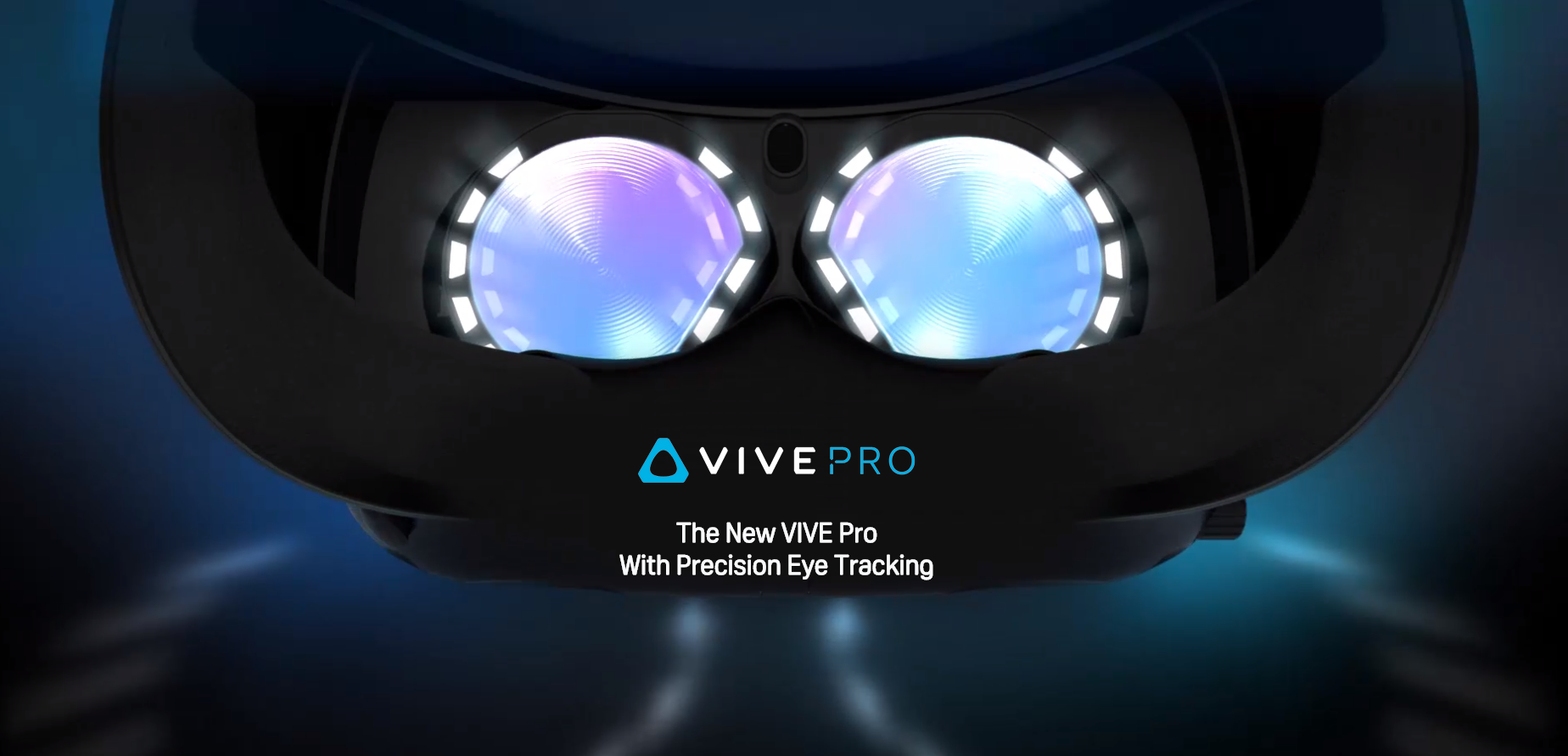As it finally starts charting a path to broader market viability, VR is inevitably leaving some of its earliest proponents behind. Google’s Daydream platform is now a distant memory and Samsung’s Gear VR and Microsoft’s ‘Mixed Reality’ VR headsets aren’t far behind it. But, unless something radical happens in the near future, the VR market might soon claim its biggest victim yet – HTC Vive.
Or part of it, at least.
Vive enjoyed a populist start to the consumer VR market. A hallowed partnership with gaming guru Valve, the use of the latter’s SteamVR tracking tech — which surpassed the capabilities of the Oculus Rift at launch in March/April 2016 — and a handy rhetoric of openness in the face of Facebook’s walled VR garden, earned the company favor among early adopters. Judging by early Steam VR Hardware Survey figures, it may have even given HTC an early upper hand in the first round of sales wars. Granted, the Hardware Survey is by no means official, but it’s the best indication of the state of the PC VR market we have.
But, nearing four years on, HTC’s prospects in the consumer VR market look much more dire. For starters, Vive’s Steam Hardware lead is long gone, with Oculus Rift and its 2019 refresh, Rift S sitting comfortably ahead of Vive-branded headsets every month. HTC’s official Valve affiliation is also all but over, with the Half-Life maker now backing its own Index headset (and giving anyone that buys it a free copy of the biggest VR game yet).
More importantly, though, HTC’s first consumer VR headset since the original Vive, Vive Cosmos, is seemingly struggling to make its mark. At $699, the headset fills an awkward gap between the $399 Rift S and the $999 Index. Reviews outline a device that’s neither improved enough over the Rift S (if at all) to justify an upgrade, nor an enthusiast headset sleek enough to be a budget alternative to the Index. And yet still the company presents almost insultingly expensive add-ons, like the upcoming SteamVR face plate which will be ‘less than $200’.
Indeed, after a few months of listings on the Steam Hardware Survey, Cosmos still sits at a bruising 0.00% usage rate by Steam players. This is the headset HTC replaced the original Vive with; it now only sells certified pre-owned versions of its original headset.

Meanwhile, HTC at large just rounded off another difficult year — revenues reportedly fell 57.8% year-on-year — that saw it swap former CEO Cher Wang for Orange alumni, Yves Maitre.
It’s a bleak outlook, one you could argue has been written on the wall for a while. HTC’s early boasting about not having any exclusive games for its headset may have made it popular on Reddit, but Oculus’ publishing efforts produced games like Lone Echo and, more recently, Asgard’s Wrath, that you can’t officially play on Vive. By comparison, HTC’s own publishing arm, Vive Studios offered up a handful of underdeveloped games and experiences including a bizarre fixation on one app tying into the Ready Player One movie as if it might single-handedly save VR from slumping sales. And, even then, it still squandered much of that potential.
Sentiment is one thing but, when it comes down to consumer purchasing decisions, a lack of a content plan does you no favors. Not to mention its efforts with the Viveport subscription service, while generous, play third fiddle to the Oculus and SteamVR ecosystems.
Vive also couldn’t keep pace with Facebook’s aggressive price cuts to Rift, while the initial marketing of the upgraded Vive Pro as a device for enthusiasts backfired when the price for the headset alone was revealed at a remarkable $799.
It’s tough, then, to imagine HTC carving out a path for itself in the 2020 consumer VR market, and telling too that the company recently cut the price of Pro and not Cosmos. Without a dramatic drop in price for Cosmos, there really is very little reason to pick one up — other than a sheer aversion to Facebook and the $300 extra the superior Index costs — and everyone seems to know that. But just because HTC Vive’s consumer arm might be reaching the end of its rope, doesn’t mean its VR efforts at large are without hope.
A ‘New Vision’ Got Vive
HTC’s perceived popularity in the enterprise VR market is a topic that doesn’t get enough recognition.
True, $799 for a Vive Pro was too outlandish a price for VR enthusiasts to justify, but visit VR events, arcades and installations around the world and you’ll see plenty of them being fitted to people’s heads. Granted, HTC likely loans devices out as part Vive Arts and similar initiatives but touted case studies from names like BMW indicate at least some degree of success in this field.
To me, this suggests HTC’s last shot at survival in the VR space — perhaps even wholly as a company — lies in enterprise. After last week’s CES no-show, the company told us it was planning to share a “new vision” for Vive in the coming weeks. If I were a betting man, I’d wager Maitre intends to steer the ship away from the flagging consumer side and redouble its efforts on the business side.
But it’s not an open goal. Facebook, which has until now curiously dragged its feet in the B2B market, seems to be upping its game, with a headlining example of Quest for Business being shown at Oculus Connect 6 last September. Plus, there’s further threat from more advanced — but much more expensive — enterprise headsets from Varjo and XTAL, which offer improved resolution among other benefits.
Plus, HTC Vive’s enterprise arm isn’t immune to the same kind of puzzling decisions that landed its consumer business in hot water; don’t forget the Vive Focus standalone headset’s western launch in late 2018 was followed up by a successor just five months later.
Again, some of its plans seem to rely on taking advantage of early ignorance toward VR — companies that aren’t full aware of the broader landscape and the value found elsewhere — like selling an expensive wireless VR add-on for all of its headsets that hikes the price of devices already twice as much as a Quest, if not more. Five minutes of basic VR research would tell you there are better options out there.
But, if there were a way through in what could be a decisive year for HTC, it’s surely this. Vive needs to dig in on the enterprise side, push its newly-reduced Vive Pro out to more lucrative customers and likely take a bow out of the consumer VR sector. It’s had a good run but, stacked up against the power of Index, the potential of Quest and the success of PSVR, the battle already seems lost.

































